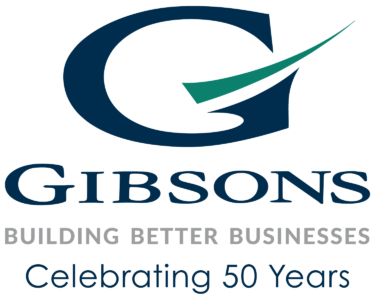Business growth through sales culture change
It would be understandable to think that issues related to sales are down to the sales process, pricing and the overall sales strategy. This is after all what drives a business’ sales levels and its approach to selling in the marketplace. However, dig a little deeper, and you’ll see the massive impact the culture of your sales team has on the implementation of your strategy. Perhaps the sales strategy is strong and appropriate for your offering, but how is it being executed and how is this being managed?
We were engaged by a major player in the Australian construction landscape to implement changes to their sales process and pricing structure to optimise margins. Our client’s construction reinforcing product had been used in most of the iconic structures in Australia including the Sydney Opera House, Melbourne’s Westgate Bridge and freeway, and Brisbane’s Gateway bridges. The company was well known and well established (100 years).
It initially appeared that the issues impacting sales and ultimately margins were related to the sales strategy. However, after a period of discovery, it became clear that sales performance was impacted primarily by the people within the sales team. While dedicated and committed, the sales team were agreeing to meet every customer requirement. There’s nothing wrong with putting the customer first and focusing on customer needs, but in this case, it resulted in unclear accountabilities. If you agreed to everything, who is going to follow through with the requests, and importantly can / should they be met? Inefficiencies were the result, as the team lacked clarity on what to prioritise and how.
Develop an effective sales strategy that is fully understood by staff to ensure consistency and accountability, but that also supports an effective management of performance.
In this case, there was no ‘organisation’ behind the sales team effort. To address the culture and performance inequities, Gibsons worked to embed processes and practices designed to clarify accountabilities, and to manage sales performance both company wide, and for sales team personnel. In total, 6 improvement programs were established and implemented over a 6-month period. This phased roll out started with the company’s Queensland team and are being progressively implemented across the rest of the business.
No matter how astute a management team is, often there are issues that from the inside are easy to miss, or people are too ‘close’ to the challenges, to effectively manage them. A Gibsons Senior Consultant who lives and breathes business improvement, will quickly get a feel for your business and be able to identify areas for improvement.
With accountabilities now understood and aligned across the entire sales process, these improvement programs have enabled the sales team to be more focused. An ‘achievement’ sales culture that the company was seeking has been established and revenue targets are being exceeded. The business growth potential identified has been enabled through this sales team reinvigoration. As is often the case, it’s not always that a strategy is wrong for your business. Often, the processes in place for implementation and management are not there; or are misunderstood or inappropriately executed by your team. Ensure your people know what they are accountable for and set up ways to manage this. Support your business’ potential by providing clarity in roles and expectations, and transparency in how this aligns with your overall company objectives.
As with many projects Gibsons work on, the reason we are called in is not always the cause of the challenges being faced. A Gibsons consultant is accustomed to scanning operations from a more objective viewpoint, with the benefit of deep experience gained from scores of business improvement projects. They can almost immediately spot problem areas that you may not be aware of. Find out more about the services we offer to support businesses and let us take the following tasks off your list:
- Strategic analysis and business plans
- Becoming an Employer of Choice
- Marketing and sales plans
- Brand development and promotion
- Business process modelling
- Improving systems and workflows
- Optimising organisational structure
- Pinpointing skills gaps and implementing training.
- Reviewing financial performance
- Profitability improvement programs
- Managing organisational change
- Mentoring to develop executive leadership.
- Business process modelling
- Mergers and acquisitions
- Technology strategy and implementation

